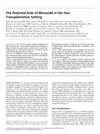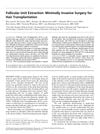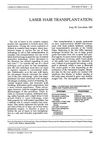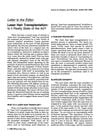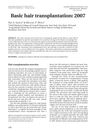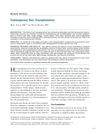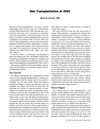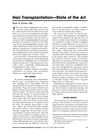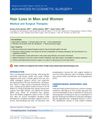Laser-Assisted Hair Transplantation: A Status Report in the 21st Century
June 2005
in “
Journal of Cosmetic Dermatology
”
laser-assisted hair transplantation hair follicular grafts donor ellipse method CO₂ lasers hemostasis postoperative crusting erythema telogen effluvium recipient sites donor strip hair grafts donor method carbon dioxide lasers post-surgery crusting redness hair shedding hair transplant sites donor area
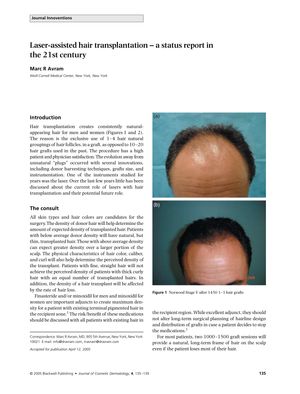
TLDR Lasers in hair transplantation show promise but are not yet standard, with current methods causing some side effects and needles still being preferred for creating recipient sites.
In 2005, laser-assisted hair transplantation was approved by the FDA and had undergone successful clinical trials but had not become the standard of care. The technique of using 1-4 hair follicular grafts was preferred for achieving natural-looking results, with the donor ellipse method being favored for harvesting due to its reduced scarring and efficient use of donor hair. While CO₂ lasers provided good hemostasis and promised a more efficient procedure, they also posed disadvantages such as prolonged postoperative crusting, erythema, and the risk of telogen effluvium. Additionally, the difficulty in creating recipient sites close together without harming existing hair or grafts meant that needles were still the primary tool for this purpose. The document suggested that the future role of lasers might be more advantageous in preparing grafts from the donor strip rather than in creating recipient sites.
